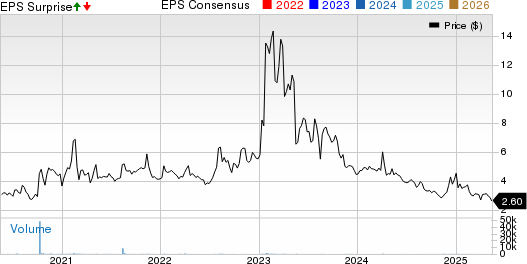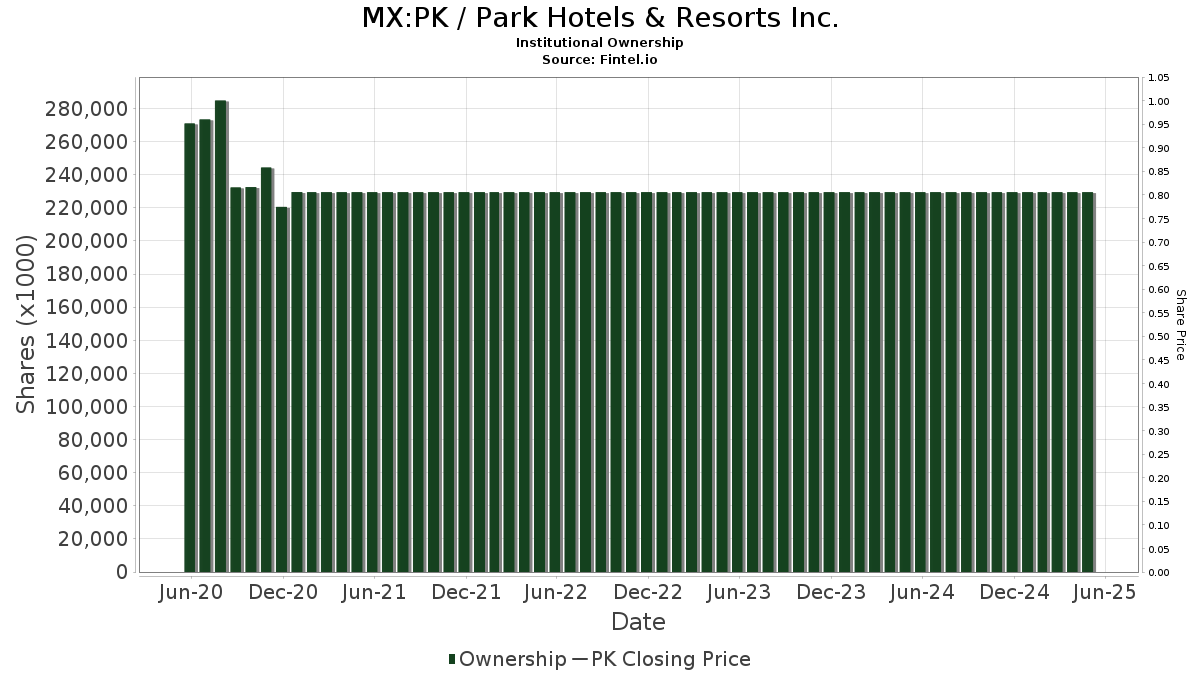Tectonic Therapeutics Reports Promising Phase 1b Results for TX45 in PH-HFpEF
Tectonic Therapeutics has announced encouraging results from its Phase 1b trial of TX45, indicating improved hemodynamics in patients with Group 2 Pulmonary Hypertension in Heart Failure with preserved Ejection Fraction (PH-HFpEF) without serious adverse events.
Phase 1b Trial Overview
The trial’s initial phase involved 19 patients and assessed the safety and efficacy of TX45. Results confirmed the drug’s tolerability and demonstrated significant improvements in cardiac function and pulmonary hemodynamics. Specifically, there was a 19% reduction in pulmonary capillary wedge pressure (PCWP) and over a 30% reduction in pulmonary vascular resistance (PVR) among patients with more severe symptoms. Notably, echocardiographic insights showed that these hemodynamic enhancements persisted for up to 29 days after treatment. The absence of serious adverse events marks TX45 as a promising candidate for PH-HFpEF treatment, addressing substantial unmet medical needs in this area.
Key Benefits Identified
- The Phase 1b trial reaffirmed TX45’s well-tolerated safety profile, as no serious adverse events were reported.
- TX45 led to considerable improvements in left ventricular function and pulmonary hemodynamics, suggesting its potential efficacy.
- Lasting hemodynamic improvements were noted for as long as 29 days following administration of the drug, indicative of a sustained therapeutic effect.
- These promising findings position TX45 as a potential best-in-class therapy for a patient population lacking effective treatments for Group 2 pulmonary hypertension.
Challenges Ahead
- Although the trial results are positive, uncertainty looms regarding the upcoming Phase 2 trial, where results may not replicate earlier successes.
- Future trials may yield surprising safety or efficacy data, introducing risks that could impact Tectonic’s market outlook and stock performance.
- Broader macroeconomic factors, including inflation and conflict, could influence the company’s clinical trials and overall operations.
Frequently Asked Questions
What is TX45 and its significance in PH-HFpEF treatment?
TX45 is a long-acting relaxin therapy that improves left ventricular function and pulmonary hemodynamics in patients with PH-HFpEF.
What were the main findings of the TX45 Phase 1b trial?
The trial confirmed TX45’s tolerability and notable hemodynamic improvements, including a 19% reduction in pulmonary capillary wedge pressure.
How long did the hemodynamic effects of TX45 last?
Patients experienced sustained hemodynamic effects for up to 29 days after receiving TX45 treatment.
What patient populations were studied in the trial?
The trial targeted patients with Group 2 PH-HFpEF and examined subpopulations with various left ventricular ejection fractions.
What are the next steps for TX45 research?
Topline results from Part B of the Phase 1b trial focused on Heart Failure with reduced Ejection Fraction are anticipated in late 2025.
Disclaimer: This summary is based on a press release distributed by GlobeNewswire. The information may contain inaccuracies. Please refer to the original release for comprehensive details.
$TECX Insider Trading Activity
Insiders of $TECX have engaged in 14 trades on the open market in the last six months, consisting of 13 purchases and 1 sale.
Here’s a breakdown of recent insider trading activity:
- TIMOTHY A SPRINGER purchased 1,431,217 shares for approximately $50,848,991 with no sales.
- TERRANCE MCGUIRE sold 500,000 shares for an estimated $8,550,000.
- DANIEL LOCHNER (Chief Financial Officer) bought 4,617 shares for about $249,964.
$TECX Analyst Ratings
Analysts have recently reviewed $TECX, with one firm issuing a buy rating and none reporting a sell rating.
Recent analyst ratings include:
- Raymond James rated the stock “Outperform” on November 19, 2024.
Full Release
- Data confirmed TX45’s tolerability profile and improvements in function and hemodynamics for patients with PH-HFpEF.
- New echocardiographic analysis showed sustained hemodynamic effects for 29 days after TX45 treatment.
- TX45 positively influenced cardiac and pulmonary hemodynamics in various left ventricular ejection fractions among PH-HFpEF patients.
WATERTOWN, Mass., May 17, 2025 (GLOBE NEWSWIRE) — Tectonic Therapeutic, Inc. (NASDAQ: TECX) today presented complete results from the Phase 1b clinical trial of TX45 in patients with Group 2 PH-HFpEF. The findings were shared at the European Society of Cardiology (ESC) Heart Failure 2025 Congress in Belgrade, Serbia. The trial confirmed previously reported results on the safety and hemodynamic effects of TX45.
# Tectonic Reports Promising TX45 Data for Treating Pulmonary Hypertension
### New Hemodynamic Findings from Phase 1b Clinical Trial
Tectonic has shared new findings from the ongoing Phase 1b clinical trial of TX45 aimed at patients with pulmonary hypertension associated with heart failure and preserved ejection fraction (PH-HFpEF). The trial is designed to assess the safety and hemodynamic effects of TX45 over 24 weeks, with topline results anticipated in 2026 (ClinicalTrials.gov NCT06616974).
### Key Hemodynamic Improvements
Recent data highlights the positive effects of TX45:
– **Echocardiogram Results**: Evaluations took place at baseline and on Days 2, 15, and 29 post-treatment. Notably, improvements in echocardiogram endpoints correlated with better hemodynamic function. All metrics showed consistent enhancements, including the tricuspid annular plane systolic excursion/systolic pulmonary artery pressure (TAPSE/SPAP) and right ventricular fractional area change (RVFAC), demonstrating sustained efficacy for 29 days following a single dose.
– **Left Ventricular Ejection Fraction (LVEF) Analysis**: The study assessed hemodynamics across varying LVEF levels (≥50% and 41-49%). Both groups exhibited similar enhancements in pulmonary capillary wedge pressure (PCWP) and cardiac output, indicating favorable effects from TX45 across different patient subpopulations.
– **PVR and Cardiac Output Improvements**: Increased cardiac output was especially notable among patients with higher baseline pulmonary vascular resistance (PVR). Improvements were recorded at 16.8% for PVR < 2 wood units, 20.5% for PVR ≥ 2, and 24.5% for PVR ≥ 3. ### Expert Commentary Dr. Alise Reicin, President and CEO of Tectonic, expressed optimism about the role of TX45 in treating patients with Group 2 pulmonary hypertension. She noted the sustained hemodynamic effects observed in echocardiographic analyses and highlighted the potential for TX45 to address various PH-HFpEF patient profiles. Upcoming topline data from Part B of the Phase 1b study is expected in the latter half of 2025. Dr. Marcella K. Ruddy, Tectonic’s Chief Medical Officer, discussed the results, emphasizing TX45's potential as a leading therapy for Group 2 pulmonary hypertension—a condition with no current approved treatments despite its serious health implications. The data suggest TX45 might offer significant benefits particularly to patients with combined pre- and post-capillary pulmonary hypertension (CpcPH). ### Summary of Complete Phase 1b Part A Results The Phase 1b trial enrolled 19 patients with PH-HFpEF, of whom 9 demonstrated CpcPH as indicated by PVR > 2 wood units. Key hemodynamic metrics assessed included PCWP, cardiac output (CO), and stroke volume (SV), alongside evaluations of pulmonary vasculature.
#### Safety Results
The trial demonstrated good tolerability of TX45, with no serious adverse events reported. Other notable safety findings include:
– No significant changes in vital signs or lab safety values.
– Transient, minor blood pressure decreases were observed in the first 24 hours post-administration.
#### Hemodynamic Results
TX45 yielded significant enhancements in both left ventricular function and pulmonary hemodynamics:
– **Left Ventricular Function**:
– PCWP decreased by 19.0%.
– CO increased by 18.5%.
– **Pulmonary Hemodynamics**:
– PVR reductions were noted at 32.0% and 35.5% in patients with baseline PVR ≥ 2 and ≥ 3, respectively.
– Total Pulmonary Resistance (TPR) decreased by 28.7% across the cohort.
– Mean pulmonary artery pressure showed a decrease of 16.8%.
### About TX45 and the Clinical Trial
The Phase 1b open-label trial assesses the safety and hemodynamic outcomes of single doses of TX45 in patients with Group 2 pulmonary hypertension. Part A targets PH-HFpEF, while Part B explores TX45 effects in pulmonary hypertension connected to heart failure with reduced ejection fraction (PH-HFrEF). The protocol includes essential hemodynamic measurements through right heart catheterization, followed by post-treatment evaluation lasting for 45 days.
### Understanding Group 2 Pulmonary Hypertension
The World Health Organization classifies pulmonary hypertension into five groups, with Tectonic focusing on Group 2, which arises from left-sided heart disease, specifically PH-HFpEF. This condition leads to increased pulmonary artery pressure, severely impacting exercise capacity and potentially resulting in right-sided heart failure. CpcPH, the more severe subtype affecting a significant portion of PH-HFpEF patients in the U.S., represents a critical area of focus for ongoing treatment development.# Tectonic Advances TX45 for Group 2 Pulmonary Hypertension Treatment
Currently, there are no approved medications for Group 2 pulmonary hypertension (PH).
Overview of TX45
TX45 is a long-acting Fc-relaxin fusion protein designed to activate the RXFP1 receptor, which is the G-protein coupled receptor for the hormone relaxin. Relaxin, an endogenous protein found in both men and women, plays a crucial role as a pulmonary and systemic vasodilator. It has been recognized for its anti-fibrotic and anti-inflammatory properties as well. During pregnancy, relaxin levels increase, enhancing vasodilation, lowering vascular resistance, and boosting cardiac output to meet the metabolic demands of the developing fetus. Additionally, relaxin helps relax pelvic ligaments, facilitating childbirth.
About Tectonic
Tectonic is a biotechnology company focused on developing therapeutic proteins and antibodies that target G-protein coupled receptors (GPCRs). Utilizing its GEODe™ platform (GPCRs Engineered for Optimal Discovery), Tectonic aims to create biologic medicines that address challenges faced in GPCR-targeted drug discovery. The company seeks to meet significant unmet medical needs, especially in areas lacking effective therapeutic options, thereby improving patient quality of life. Tectonic is based in Watertown, Massachusetts. For more information, please visit www.tectonictx.com.
Forward-Looking Statements
This press release contains “forward-looking statements” as defined by the “safe harbor” provisions of the Private Securities Litigation Reform Act of 1995. Statements other than historical facts are considered “forward-looking statements.” Terms such as “aims,” “anticipates,” “believes,” “could,” “estimates,” “expects,” “forecasts,” “goal,” “intends,” “may,” “plans,” “possible,” “potential,” “seeks,” and “will” identify these statements, although not all contain these specific words.
Examples include commentary on the design, objectives, initiation, timing, progress, and results of ongoing and future preclinical and clinical trials for TX45 in Group 2 PH-HFpEF. These forward-looking statements reflect Tectonic’s expectations and assumptions as of the release date and involve inherent risks and uncertainties. Factors that may impact actual results include, but are not limited to: the possibility that success in preclinical and earlier trials does not guarantee similar outcomes in later trials; macroeconomic influences such as global conflicts and inflation; unexpected safety or efficacy data; and challenges related to clinical trial site activation or enrollment.
Additional risks and uncertainties can be found in Tectonic’s Quarterly report on Form 10-Q filed with the SEC on May 8, 2025, and other SEC filings. Tectonic disclaims any obligation to update these forward-looking statements unless required by law.



